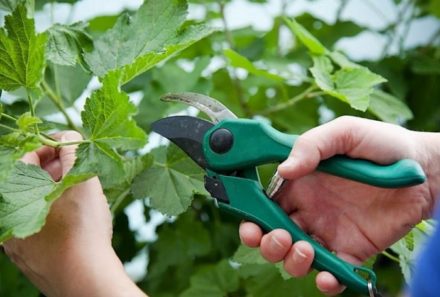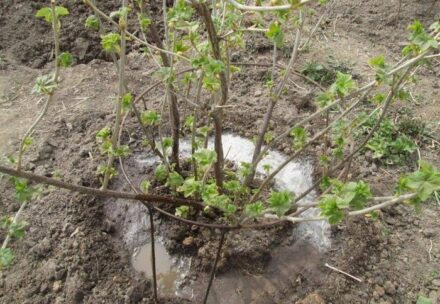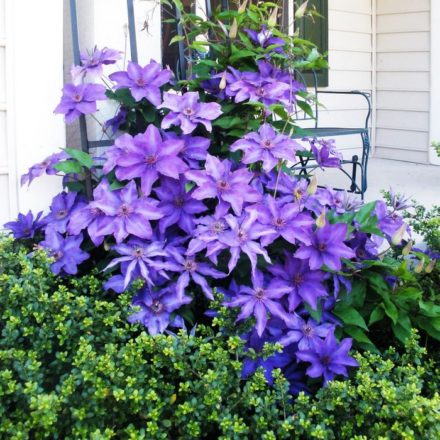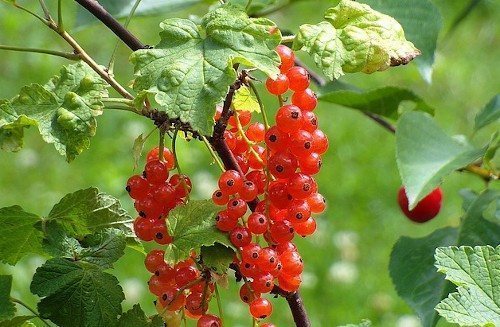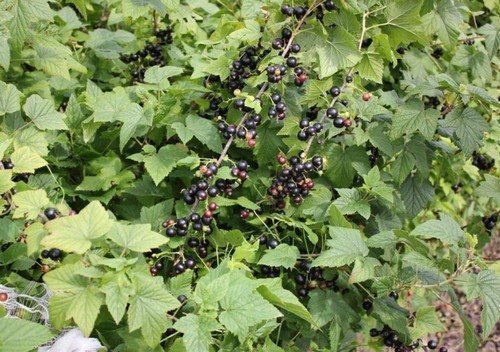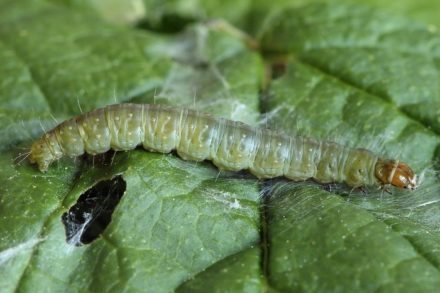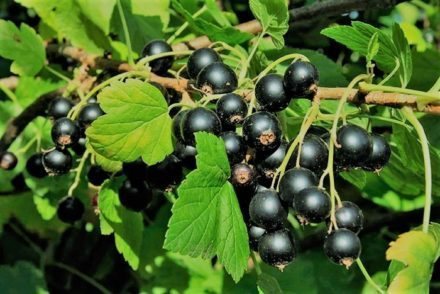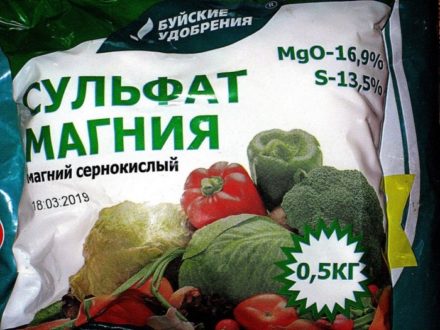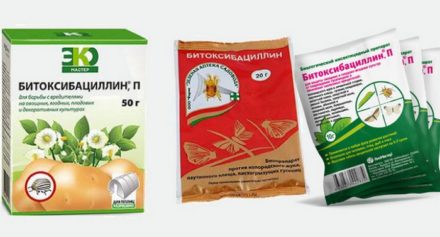Propagation of currants by green cuttings is carried out in the first half of summer. This method is profitable to use, since you can get many new plants of the desired variety without incurring material costs. For the process to be successful, it is important to adhere to the timing of the procedure, properly prepare the cuttings and wait for them to root. Later, young plants are planted in a permanent place. Useful tips will help gardeners to properly carry out cuttings.
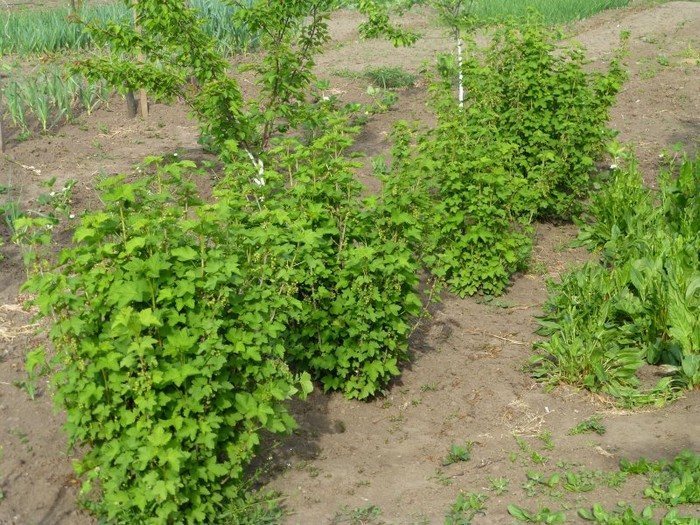
When is the best time to prepare cuttings
The summer currant cuttings are from late June to early July. At this point, young shoots are just beginning to lignify. An adult currant bush with healthy branches that have produced good growth in the current season is selected as a mother plant.
The shoots are pruned on the day of preparing the cuttings. The branches should be filled with moisture as much as possible. Planting material taken from the lower part of the bush will be more viable. A cloudy day is chosen for work. Cuttings are prepared with a sharp pruner or knife. The tool is pre-disinfected by wiping with alcohol or a strong solution of potassium permanganate.
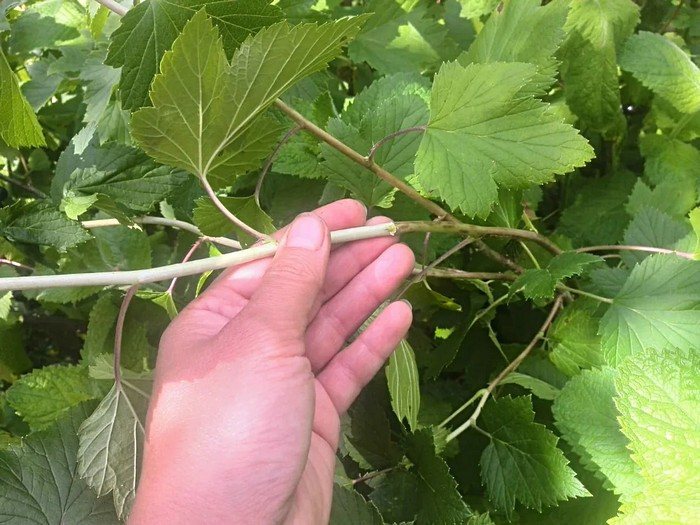
Cutting cuttings, preparing them for rooting
The top of the cut branch is removed. The upper part of the stem with 3-4 internodes is taken as a cutting. The upper cut should be straight, the lower one is drawn along an oblique line, stepping back half a centimeter from the lower knot.A couple of leaves growing from the bottom are removed. The remaining leaves are shortened by half.
If rooting is planned in a few hours, the blanks are placed in a jar of water or wrapped in a damp cloth. Before rooting, the lower part of the cuttings is dipped in Kornevin powder. Thanks to the stimulant, the root system of young plants will form faster.
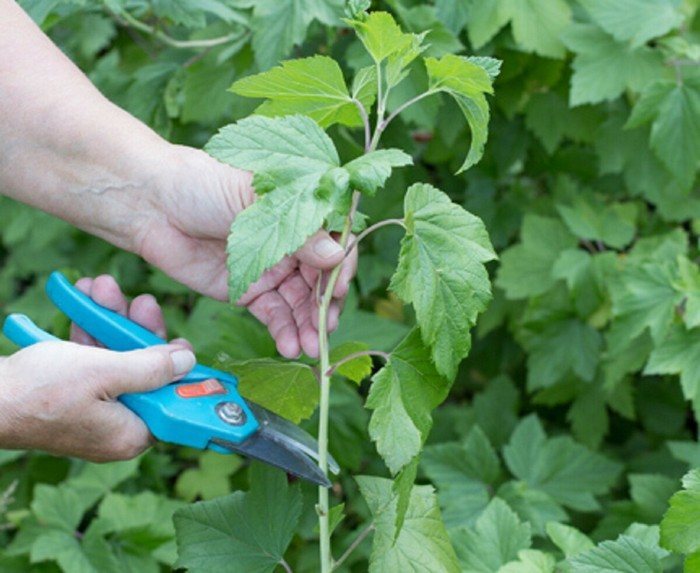
Which rooting method to choose
It is better to root summer cuttings directly in the soil, without using a jar of water. In 2-3 weeks, the stems will form a root system. Experienced gardeners use this technique:
- A box without a bottom is placed on dug and compacted soil and filled with clean sand, and the thickness of the sand layer should be 4-5 cm.
- The substrate is irrigated with a solution of Fundazol to prevent rotting of the cuttings. Before planting, make holes in the sand deep enough for the cuttings to barely reach the ground.
- The cuttings are planted at a slight angle, their leaves should not touch each other.
- After planting, lightly compact the sand with a board and water. Hold the seedlings with your hand until the water is absorbed.
- Powdery mildew on currants: 5 ways to combat it without chemicals
Proper care of cuttings
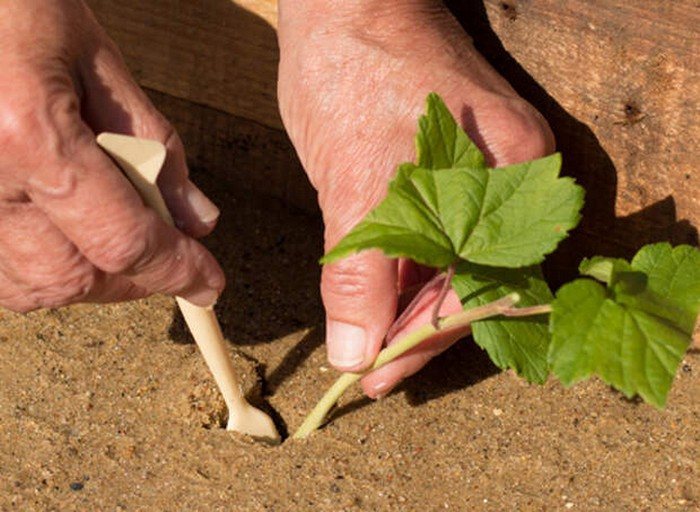
Until the roots appear on the cuttings, they are sprayed with warm water several times a day.A couple of leaves growing from below are removed. The remaining leaves are shortened by half.
If rooting is planned in a few hours, the workpieces are placed in a jar of water or wrapped in a damp cloth. Before starting rooting, the lower part of the cuttings is dipped in Kornevin powder. Thanks to the stimulant, the root system of young plants will form faster.
Which rooting method to choose
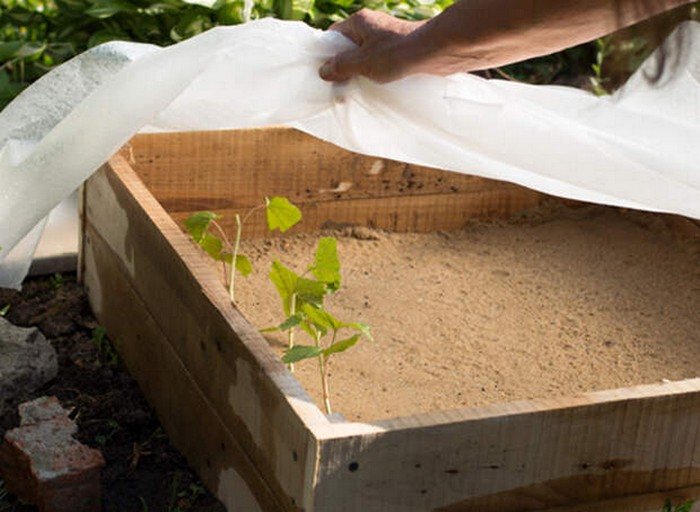
Place a box without a bottom on the dug up and compacted soil and fill it with clean sand, and the thickness of the sand layer should be 4-5 cm.
The substrate is irrigated with a solution of “Fundazol” to prevent rotting of the cuttings.
Before planting, holes are made in the sand so deep that the cuttings barely reach the ground.
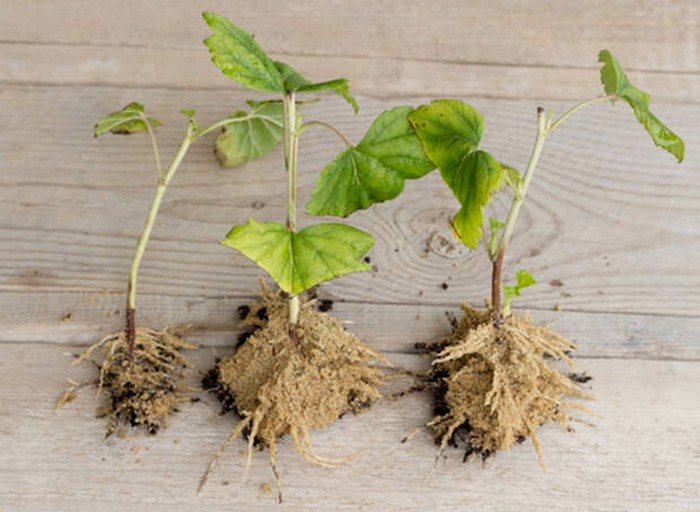
After planting, the sand is lightly compacted with a plank and watered. Hold the seedlings with your hand until the water is absorbed.


